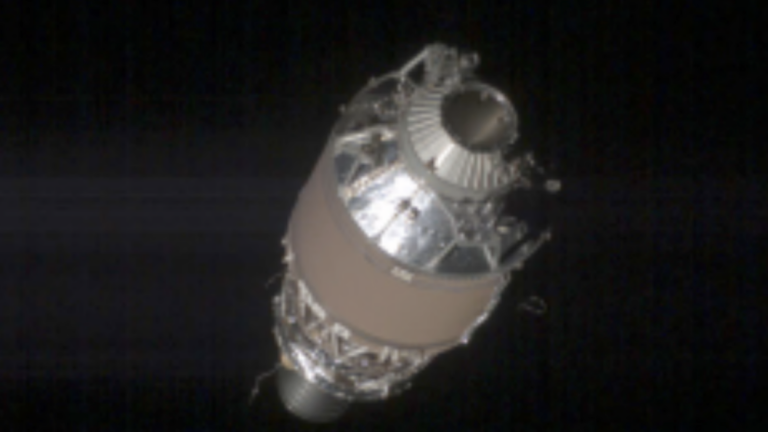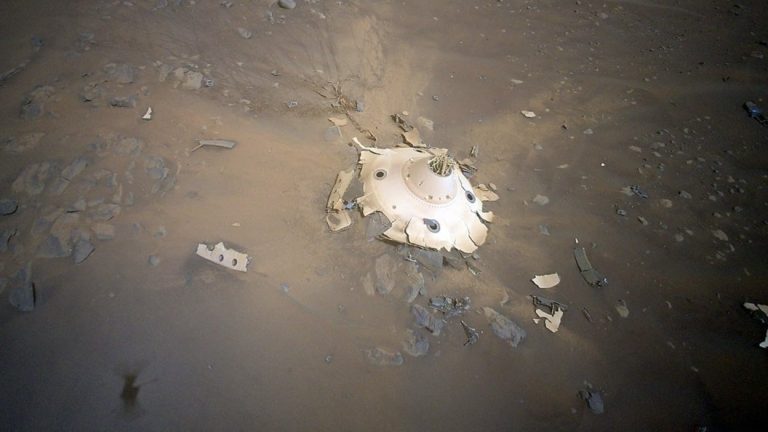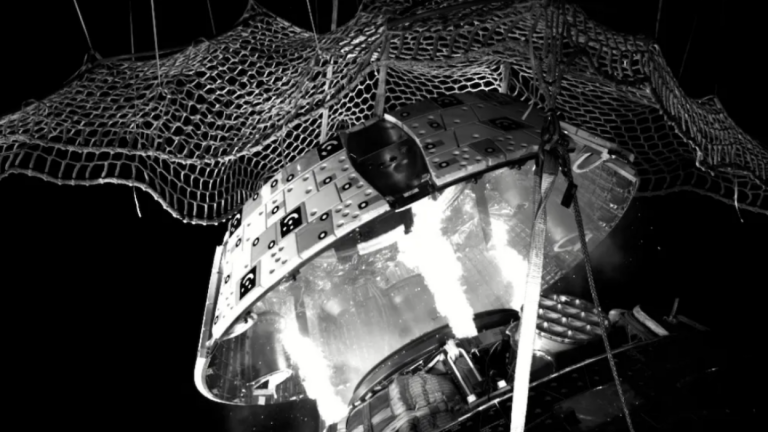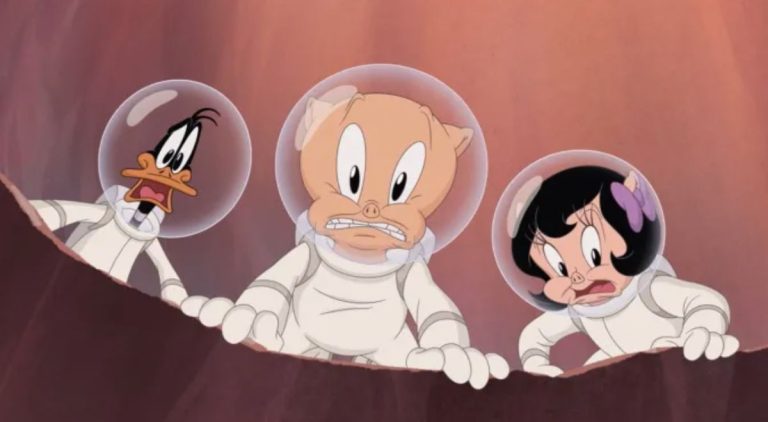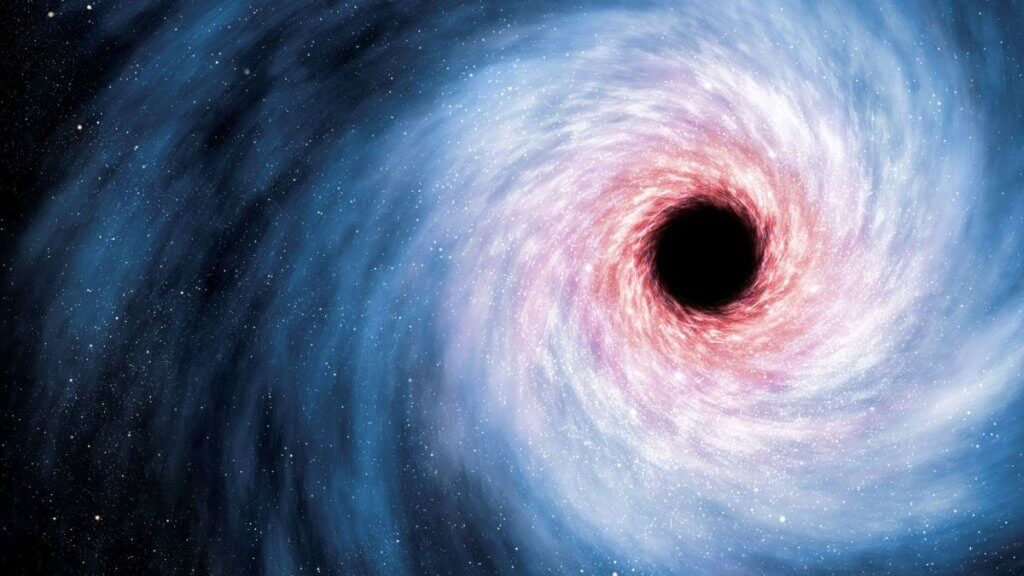
Supermassive black holes share a surprising link with subatomic gluon ‘color glass walls’ (Image Credit: Space.com)
Scientists have discovered a surprising connection between the supermassive black holes that dwell at the hearts of most galaxies and dense walls of subatomic particles called gluons.
In terms of size, they couldn’t be more different: Supermassive black holes can be billions of miles across, and the dense walls of gluons, known as color glass condensates (CGCs), are less than a billionth of a mile in diameter.
Yet a team of scientists from the Ludwig Maximilian University of Munich, the Max Planck Institute for Physics and Brookhaven National Laboratory has discovered that supermassive black holes and CGCs are similar in that they are made of densely packed, fundamental force carrier particles called bosons.
Related: Dead and alive at the same time: Black holes have quantum properties
For CGCs, these bosons are gluons, particles that carry the strong nuclear force responsible for “gluing together” elementary particles called quarks to form protons and neutrons, which make up the atomic nuclei of all ordinary matter. For supermassive black holes, the constituent densely crowded particles are gravitons, hypothetical particles that carry the force of gravity.

(opens in new tab)
In both systems, the bosons are arranged in the most energy- and size-efficient configuration. This creates a high degree of order that is typical of both CGCs and black holes, with both systems packing in the maximum amount of quantum information possible about their constituent bosons , including their spatial distribution, velocity and collective forces.
Because the limits placed on quantum information are universal, researchers can learn more about one system of densely packed bosons by studying the other.
As a result, the secrets of distant and inaccessible supermassive black holes could be revealed by examining CGCs in labs here on Earth. In particular, scientists could look at the “gluon shock waves” created in CGCs during particle collisions to learn more about the gravitational shock waves that are produced when two black holes collide and merge to form an even more massive black hole.
CGCs are created when atomic nuclei are accelerated to near the speed of light and then slammed together. After these collisions, conducted at facilities such as the Relativistic Heavy Ion Collider in Upton, New York, the CGCs “melt” to form a nearly perfect liquid of quarks and gluons. While investigating this process to learn more about the strong nuclear force, the team found that gluons appear to organize themselves in a way that conforms to a universal limit on the amount of entropy, or disorder, that can exist in a system. The enormous conglomerates of gravitons that make up black holes are also believed to arrange themselves according to this limit.
This mathematical similarity suggests there is a correspondence between how black holes are born, reach thermal equilibrium with their environment and even how they may eventually decay, and how walls of gluons collide in nuclear collisions at near-light speeds.
The limit placed on entropy behind this similarity is related to a key feature of quantum information science (QIS) called maximal information packing. Therefore, to learn more about the connection between black holes and gluon walls, scientists must turn to QIS. In turn, the study of these systems could ultimately prove useful for the development of quantum computers, which depend on tightly packed cold atoms to perform calculations.
The team’s research is published in the journal Physical Review D (opens in new tab).
Follow us on Twitter @Spacedotcom (opens in new tab) or on Facebook (opens in new tab).


